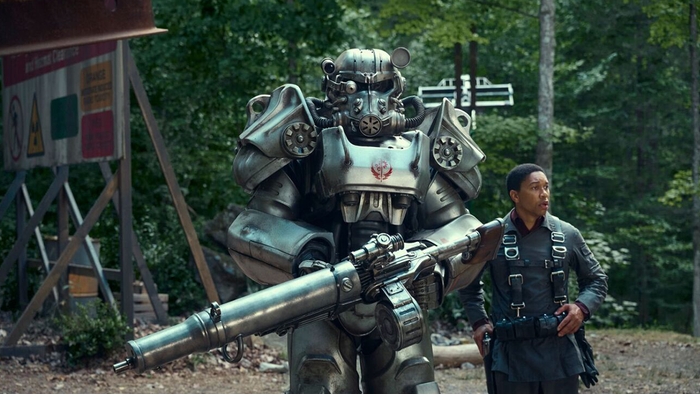
Featured Blog | This community-written post highlights the best of what the game industry has to offer. Read more like it on the Game Developer Blogs.
Using Recapture to Preserve Immersion
In which Joey tips his hat to Terry Harpold, discussing the concept of "recapture" in videogames and how it can be used to hide technical constraints with context.

Hey everybody, Joey here. Sorry for the delay - between classes and trying to revamp the production schedule for the project I'm working on things have beena little bit hectic for the last week or so. The good news is that classes are officially over for the foreseeable future and as a result I now have more time to get some real work done. I mean blog.
So it occurred to me that the last few posts that I postified on indirect controls were missing one very important concept and that concept is what Terry Harpold refers to as "recapture."
I'm going to attempt to do his work some justice by explaining the application of recapture in videogames here but, in case I'm off my game today, you can always click here and read everything for yourself straight from the mouth of the equine species of your choosing.
(Note to self, investigate origins of "horse's mouth" idiom. Not now, but... soonish.)
Anyway, recapture is a design technique that takes technical constraints inherent in the game engine (that may or may not be driven by the available hardware) and places them in a context that fits the overall feel of the game. The technical constraints remain, but taken in this new context they no longer seem like constraints to players.
Harpold uses the nefarious Grue from Zork: The Great Undergorund Empire as a classic example of recapture. Because Zork is a text adventure, in order for the player to interact with the gameworld at all they have to search for commands such as "north" or "door" or "treasure chest."
To make things more difficult, Zork requires players to carry a lit torch while moving through dark tunnels underground. Given the context of the game, it makes sense that searching would be difficult, if not impossible, in the total darkness of the underground empire.
While the player could, theoretically, fumble around in complete darkness trying to find doors and items, Zork's engine was not built to handle "fumble around" operations. You know, that and describing game environments textually in total darkness is difficult.
To work around this technical constraint, the Zork designers created the Grue. One of the many enemies that a player can encounter in Zork, the Grue are described as a "sinister lurking presence" whose "favorite diet is adventurers."
As a player, when you enter a dark area of the gameworld the parser observes that "You have entered a dark area. You are likely to be eaten by a grue." In point of fact, if the player lingers too long in the darkness, they will be eaten. This provides not only a barrier to keep players from moving into a darkened area where the game engine would become almost useless but also an interesting game mechanic that necessitates planning ahead.
In one of my previous posts, I talked a little bit about the rivers in inFamous. Like the Grue in Zork, inFamous' rivers prevent the player from moving beyond the playable area by virtue of Cole McGrath being electric and, as a result, not all that great at swimming. See? Recapturing technical constraints by covering them in a context that fits the game.
My personal favorite example of recapture is in Mass Effect. Remember those incredibly long elevator rides through the Citadel? Elevators are commonly used as an alternative to loading screens because they're typically less invasive.
In Mass Effect, the elevator sequences are particularly long. To make the time go by faster, the characters in the player's party talk to one another, or an announcement will come on over the Citadel's PA system. By covering the very technical loading screen in context, the designers were able to recapture the constraint and inject a little embedded narrative.
That's all the blog for this week, true believers. Stay safe and keep the faith.
Peace!
About the Author(s)
You May Also Like







